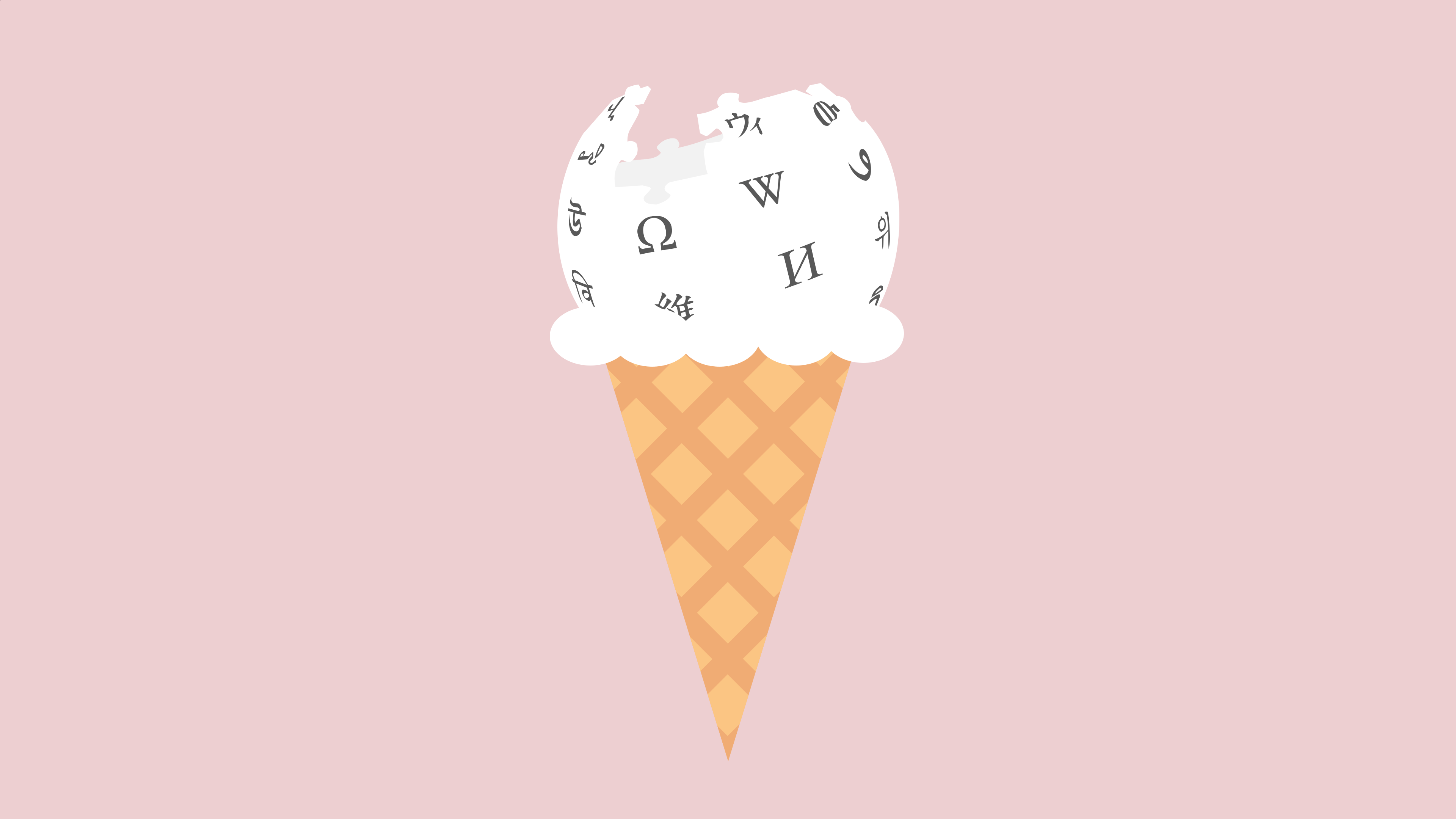Why Wikipedia is weirder than you think

I often use Wikipedia when I’m doing some light research for things like essays, blog posts, explainers, or implementation of algorithms. The content on Wikipedia can be interesting, educational, or insightful – but rarely will it be funny or entertaining in a way that’s not intellectual.
Or at least, that’s what I used to think. It turns out that there is a whole part of Wikipedia that’s kind of… weird, in a fun way.
One of the dangers of Wikipedia is that you may fall down into a wiki rabbit hole, where you keep finding more articles about interesting subjects that you wouldn’t have looked up otherwise. Eventually, you may find one of the more unusual articles that probably wouldn’t have been included in a traditional paper-based encyclopaedia:
-
Hitlerszalonna (Hungarian for “Hitler bacon”) is a dense fruit jam that was eaten by Hungarian troops and civilians during World War II.
-
Naturally, Mother Nature would provide us with breast-shaped hills to admire and write an article about.
-
Why bother with dumb sorting algorithms like quicksort or bubble sort when you can also use spaghetti sort?
-
Dishwasher salmon doesn’t seem like something that I want to eat, but I guess it’s nice to know that it’s possible. You know, in the rare event that my induction stove, microwave oven, and convection oven simultaneously break down, but my dishwasher still works for some weird reason.
Following links to other articles is a good way to discover new articles. But when done right it can also be used for games: in wikiracing the goal is to navigate to a specific article via in-article links in as little time or few clicks as possible.
For those who like clicking but don’t like the whole racing aspect of wikiracing, there’s an alternative “game” that can be “played”: if you click on the first link in the main text of an English Wikipedia article, and keep doing this for subsequent articles, you might eventually reach the article about Philosophy. A small study in 2016 showed that this was possible for 97% of all articles on Wikipedia!
Whenever a new article is created, it typically experiences a period of rapid growth, in which undergoes a large number of changes and additions to its content. Once an article “matures”, one would expect the number of changes to stabilise.
While this is true for most articles, the rate of changes doesn’t really go down for articles about controversial topics, like the Israeli–Palestinian conflict. What you might not know, is that this sometimes also happens with articles about seemlingly mundane subjects, that have somehow managed to become “battlegrounds” in Wikipedia’s lamest edit wars:
-
Arachnaphobia is the intense and irrational fear of spiders. Is it appropriate to include a big-ass picture of a tarantula to make it clear what arachnophobes are afraid of? As of 2021 the answer appears to be “No”, although the page does feature a cartoon drawing of a spider and a smaller photo of a spider at the bottom of the page.
-
Some of you are probably already familiar with danah boyd, who is known for her research on social media. She spells her own name in lowercase, which seems to upset many Wikipedians who follow the Sacred Style Guide. The article now uses an awkward mixture of both uppercase and lowercase forms.
-
Guy Standing is pretty well-known – for an economist. The article used to feature a photo of him sitting and it didn’t take long before an edit war erupted because some Wikipedians felt the need to mention the fact that he’s sitting (i.e. not standing) in the photo. The argument seems to have been resolved by simply cropping out the lower half of his body.
-
The Invisible Pink Unicorn is the goddess of a parody religion and is said to be both invisible and pink. Should such an article include a picture of something that supposedly cannot be seen, and if so, what should it look like and what should the caption be? The community seems to have settled on an image of a pink unicorn silhouette with a gradient that fades to invisible… for now.
-
Wikipedia has a lot of pages that are basically just lists of other pages. Apparently there also used to be a list of virgins. That would be weird enough in and of itself, but Wikipedians managed to make it even weirder by having a dispute about whether Britney Spears belonged on the list. Ultimately the answer didn’t really matter though, because the list no longer exists.
-
The science fiction action film Star Trek Into Darkness was released in 2013, but still manages to confuse everyone 8 years later by omitting the colon after “Star Trek”. The “into” also led to a forty-thousand word debate about whether it should be capitalised or not. When Randall Munroe made a comic in which he suggested “~*~ StAr TrEk InTo DaRkNeSs ~*~” as a compromise, it didn’t take long before someone set up a redirect for the “uniquely stylised” title.


